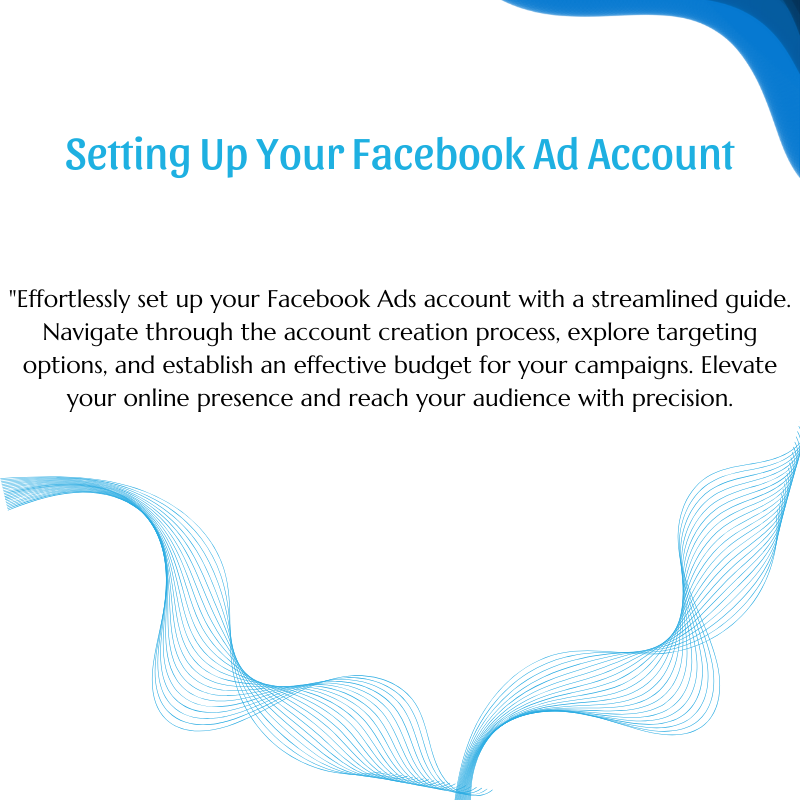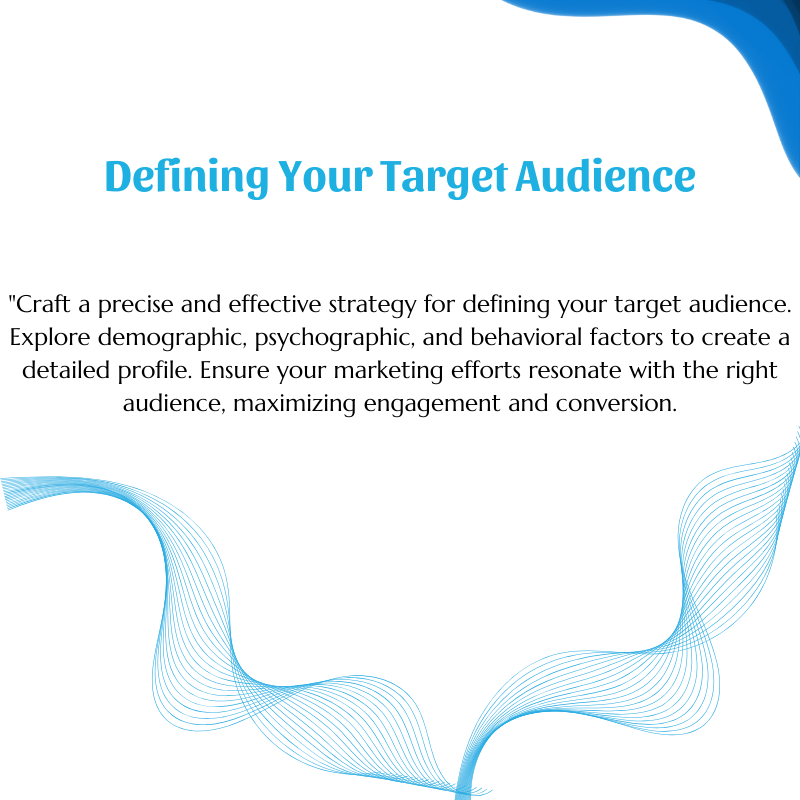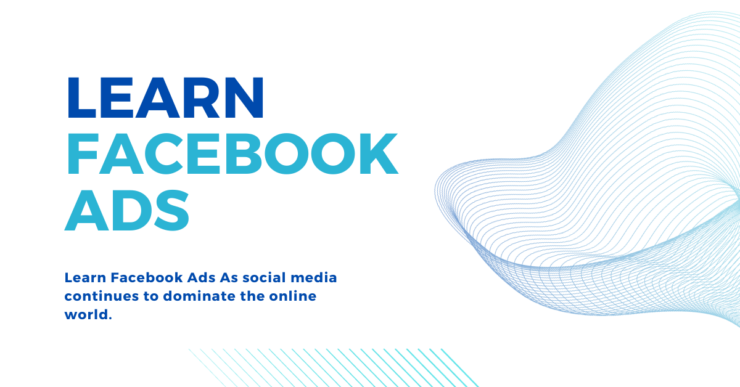Learn Facebook Ads
As social media continues to dominate the online world, businesses are turning to Facebook ads to expand their reach and engage with potential customers. With over 2.8 billion monthly active users, Facebook provides an unparalleled opportunity for businesses to advertise their products and services.
However, many businesses struggle to create effective Facebook ads that deliver results. In this article, we will provide an overview of how to learn Facebook ads to maximize your ad performance.
Understanding Facebook Ads
To better understand how Facebook ads work, it’s important to know the different types of ads available. There are several ad formats, including image ads, video ads, carousel ads, and more. Each ad format has its own advantages and disadvantages, and businesses should choose the format that best suits their goals and target audience.
When creating Facebook ads, it’s also important to consider ad placement. Facebook offers several ad placement options, including desktop News Feed, mobile News Feed, Instagram, Audience Network, and more.
Businesses should choose the ad placement that best suits their target audience and the ad format they are using.
To create successful Facebook ads, businesses should also consider the ad’s objective. Facebook offers several ad objectives, including brand awareness, reach, traffic, engagement, and more. Choosing the right objective will help businesses achieve their specific goals and drive the desired actions from their target audience.
Setting Up Your Facebook Ad Account

To set up a Facebook Ads Manager account, businesses will need to have a Facebook page. If a business does not have a Facebook page, they will need to create one before setting up their Ads Manager account. Once a page is created, businesses can go to the Facebook Ads Manager website and follow the prompts to set up their account.
One of the key features of Facebook Ads Manager is the ability to create and save different ad sets and campaigns. Ad sets are groups of ads that share the same target audience, budget, and schedule.
Campaigns are groups of ad sets that share the same objective. By creating and saving different ad sets and campaigns, businesses can test and analyze different ad strategies and optimize their ad performance over time.
Defining Your Target Audience

Defining a target audience is critical to the success of any Facebook ad campaign. Facebook provides several targeting options based on demographics, interests, behaviors, etc.
Businesses can also create custom audiences based on their existing customers, website visitors, or lookalike audiences based on their existing customers’ attributes.
One of the key benefits of Facebook’s targeting options is the ability to narrow down a target audience based on specific interests or behaviors.
For example, a business that sells fitness equipment could target Facebook users who are interested in health and wellness, fitness, and nutrition.
By targeting a specific audience, businesses can ensure their ads are shown to the most relevant users and improve their ad performance.
Creating Effective Facebook Ads

Creating effective Facebook ads requires a combination of engaging visuals, compelling copy, and a clear call to action. When choosing visuals for your ad, it’s important to use high-quality images or videos that are relevant to your target audience. Facebook’s ad guidelines also specify that images should not contain more than 20% text, so it’s important to keep text to a minimum.
The ad’s copy should be concise and speak directly to the target audience’s pain points or interests. It’s important to use language that resonates with the target audience and makes them feel like the ad is speaking directly to them.
Using emotional triggers or storytelling can also help make the ad more engaging and memorable.
Finally, a clear and compelling call to action is essential to drive conversions. Businesses should use action-oriented language and be specific about the desired action, whether it’s to visit a website, make a purchase, or sign up for a newsletter.
The call-to-action should be prominently displayed and easy to find, so users know what to do next.
Analyzing Your Ad Performance

Analyzing ad performance is critical to optimizing Facebook ad campaigns. Facebook Ads Manager provides several metrics to track ad performance, including impressions, click-through rate, conversion rate, and more. Businesses should use these metrics to identify which ads are performing well and which need to be optimized or eliminated.
One way to optimize ad performance is through A/B testing. A/B testing involves creating two or more versions of an ad and testing them against each other to see which version performs better.
By testing different ad elements, such as images, copy, and call-to-action, businesses can identify which elements drive the highest engagement and conversions.
Another important factor in optimizing ad performance is monitoring ad frequency. Ad frequency refers to the number of times a user sees an ad.
If users see an ad too many times, they may become annoyed or disinterested, resulting in lower engagement and conversion rates. To prevent ad fatigue, businesses should monitor ad frequency and adjust their ad targeting or creative accordingly.
In addition to analyzing ad performance metrics, businesses can also use Facebook’s audience insights tool to gain a deeper understanding of their target audience.
Audience insights provide information on the demographics, interests, behaviors, and more of a specific audience. By using this information, businesses can refine their target audience and create more targeted and effective ad campaigns.
Managing Your Facebook Ad Budget

Managing your Facebook ad budget is essential to maximizing the return on your advertising investment. Facebook Ads Manager provides several options for managing ad budgets, including daily budgets, lifetime budgets, and bidding strategies.
Daily budgets allow businesses to set a maximum spend per day for their ad campaign. Lifetime budgets, on the other hand, allow businesses to set a maximum spend for the entire duration of the campaign.
Bidding strategies, such as cost-per-click (CPC) and cost-per-impression (CPM), determine how much businesses are willing to pay for ad placements.
To manage ad budgets effectively, businesses should track their ad spend and adjust their budgets based on ad performance. For example, if an ad is performing well, businesses may want to increase their ad spending to reach more users.
Conversely, if an ad is underperforming, businesses may want to decrease their ad spend and adjust their ad targeting or creative.
Staying Up-to-Date with Facebook Ads Best Practices

Facebook’s advertising policies and best practices are constantly evolving, so it’s important to stay up-to-date on the latest changes and updates.
Facebook provides several resources for staying informed, including their Facebook Business blog, Facebook Blueprint courses, and Facebook Ads Help Center.
Businesses should also consider working with a Facebook Ads expert or agency to help manage their ad campaigns and stay on top of the latest trends and best practices.
By staying informed and leveraging the latest tools and strategies, businesses can create effective Facebook ad campaigns that drive real results.
Conclusion
Learning how to create effective Facebook ads can help businesses expand their reach and connect with potential customers.
By understanding how Facebook ads work, setting up your Facebook Ad account, defining your target audience, creating effective ads, analyzing your ad performance, and staying up to date with Facebook’s ad policies, businesses can create successful Facebook ad campaigns.
With time and practice, you can master Facebook ads and take your business’s advertising strategy to the next level.
